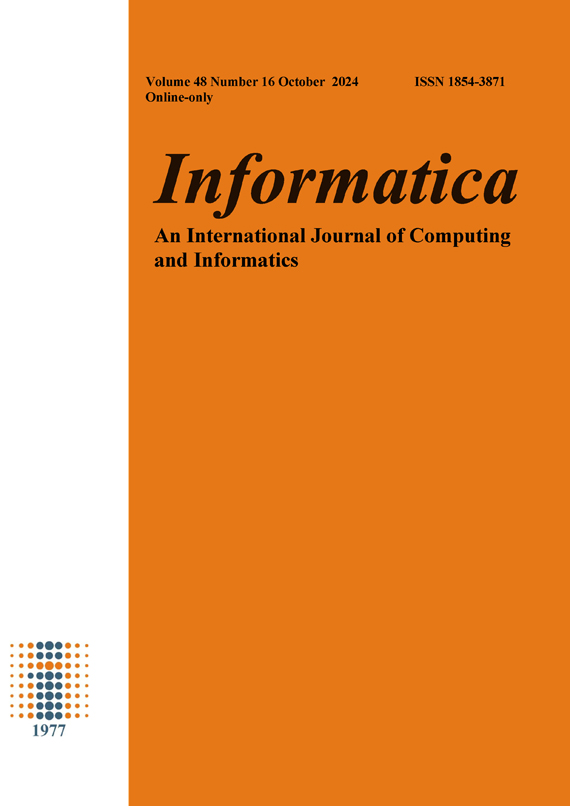Automated Logistics Control Model Based on Improved Ant Colony Algorithm
DOI:
https://doi.org/10.31449/inf.v48i16.6371Abstract
In the context of the rapid development of modern logistics industry, traditional automated logistics control systems often lack transparency and visualization of the entire supply chain. It cannot comprehensively manage and optimize the entire supply chain. To this end, an automated logistics control model is constructed based on ant colony algorithm and combined with logistic chaotic mapping. By simulating the pheromone transmission process of ants, the optimal logistics transportation path is found. From the experimental results, the improved ant colony algorithm could find the optimal solution with 200 iterations. The result value of the cost solution was 0.25 units lower than the average cost. Compared with the distance solutions of the other three algorithms, the distance solution image of the research algorithm was overall downward, with a significant decrease after 20 iterations. The power consumption of the research model was relatively low, with an average consumption of 1.01% for per logistics node. The prediction accuracy of the research model was the highest, with an R2 of 0.98. In summary, the improved ant colony algorithm can optimize logistics delivery paths, reduce delivery time and costs, improve delivery efficiency, and reduce delivery energy consumption.Downloads
Published
Issue
Section
License
I assign to Informatica, An International Journal of Computing and Informatics ("Journal") the copyright in the manuscript identified above and any additional material (figures, tables, illustrations, software or other information intended for publication) submitted as part of or as a supplement to the manuscript ("Paper") in all forms and media throughout the world, in all languages, for the full term of copyright, effective when and if the article is accepted for publication. This transfer includes the right to reproduce and/or to distribute the Paper to other journals or digital libraries in electronic and online forms and systems.
I understand that I retain the rights to use the pre-prints, off-prints, accepted manuscript and published journal Paper for personal use, scholarly purposes and internal institutional use.
In certain cases, I can ask for retaining the publishing rights of the Paper. The Journal can permit or deny the request for publishing rights, to which I fully agree.
I declare that the submitted Paper is original, has been written by the stated authors and has not been published elsewhere nor is currently being considered for publication by any other journal and will not be submitted for such review while under review by this Journal. The Paper contains no material that violates proprietary rights of any other person or entity. I have obtained written permission from copyright owners for any excerpts from copyrighted works that are included and have credited the sources in my article. I have informed the co-author(s) of the terms of this publishing agreement.
Copyright © Slovenian Society Informatika








